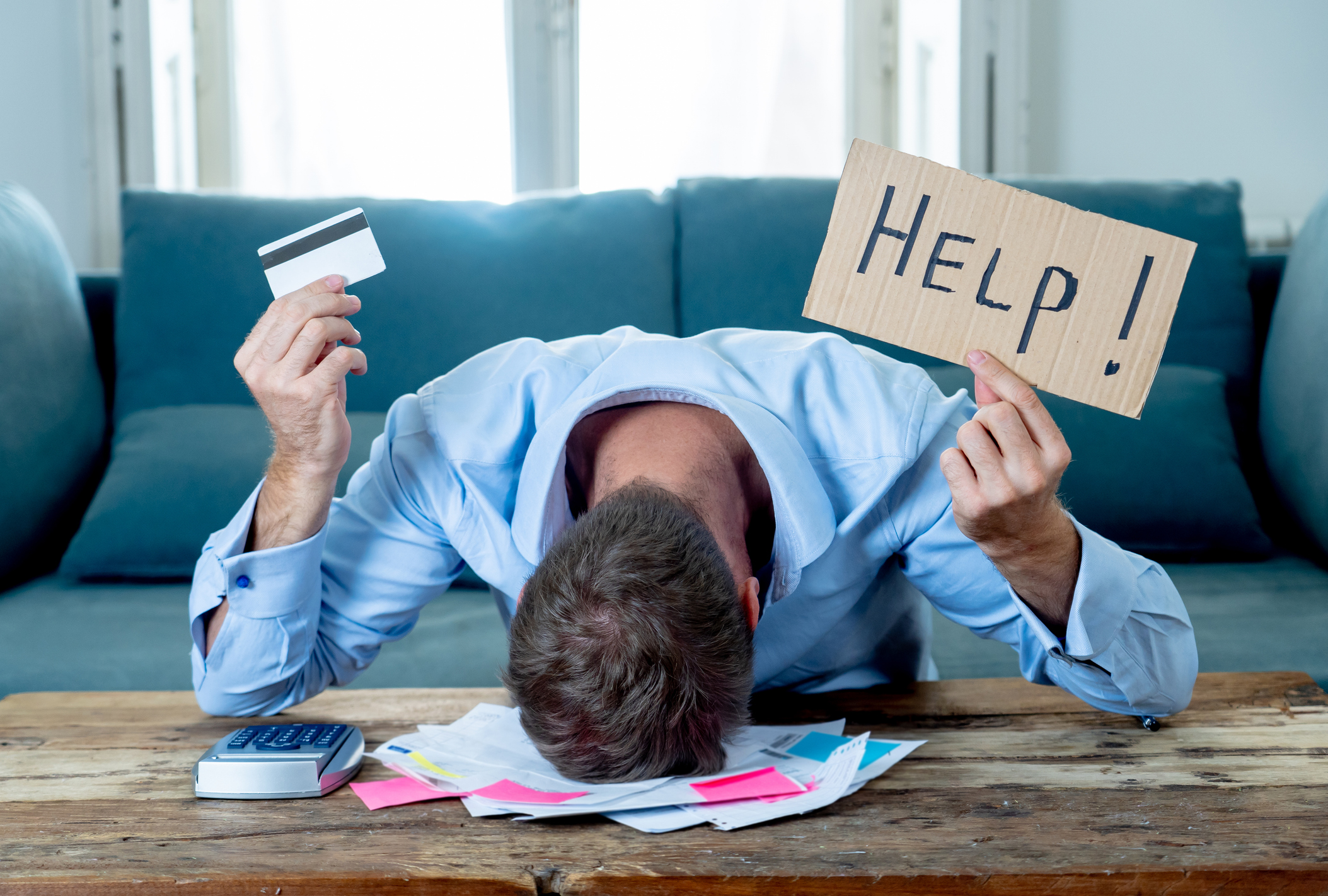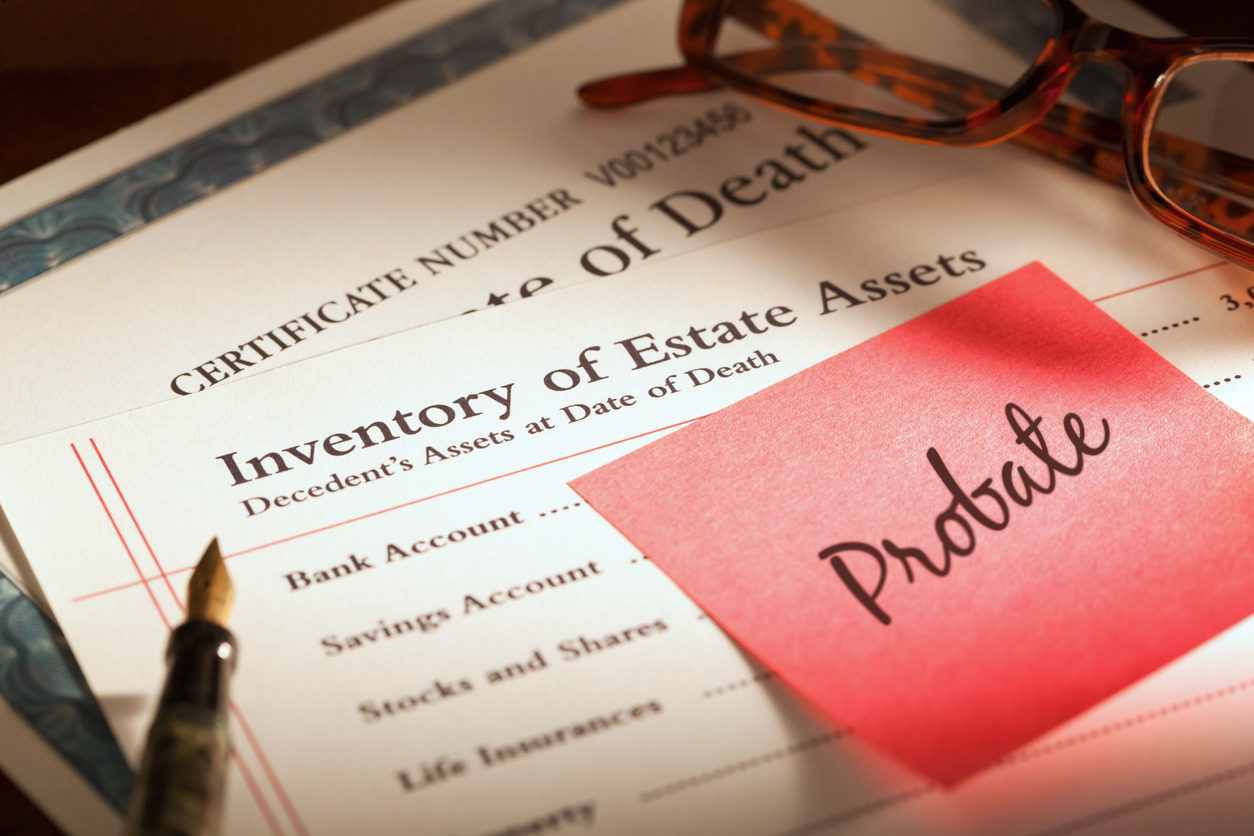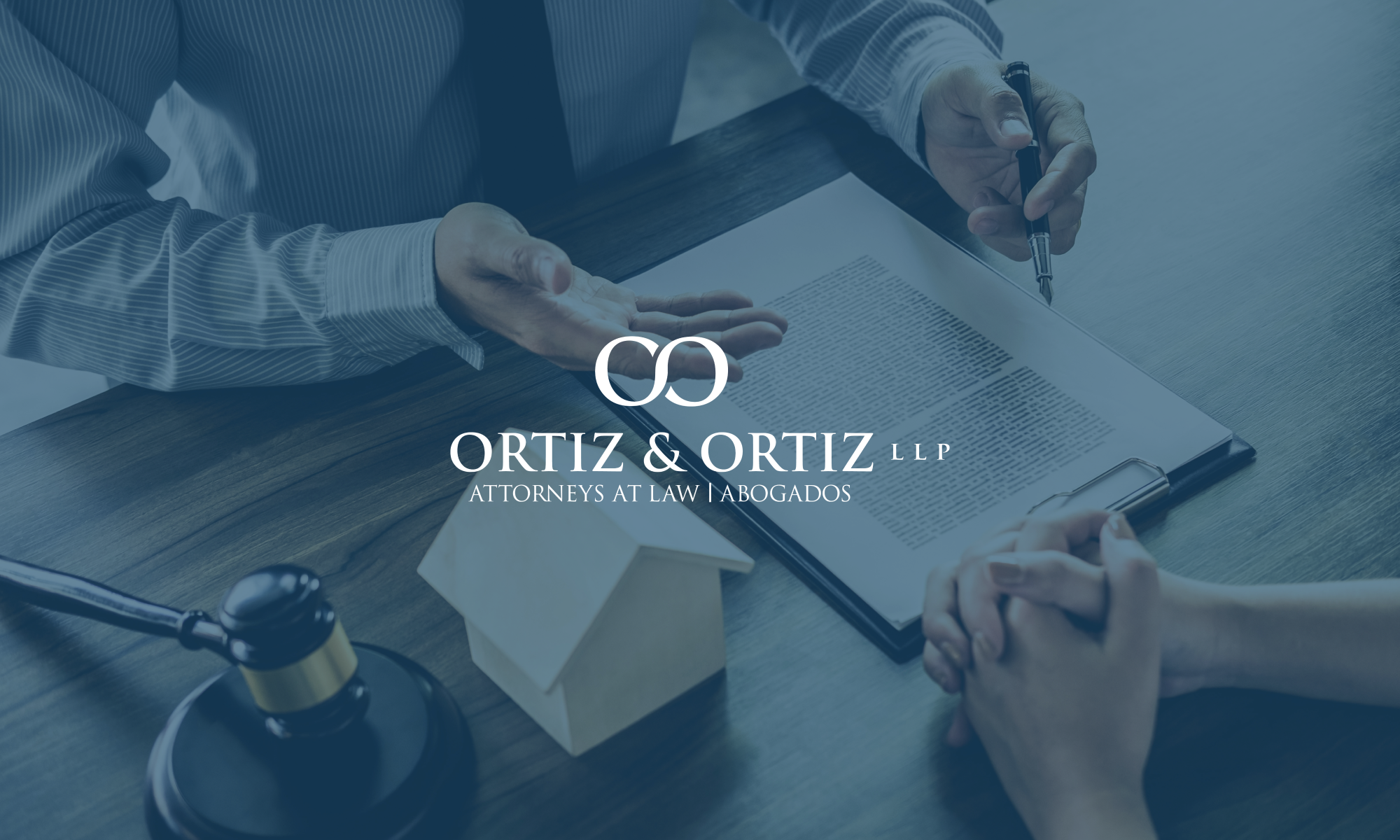Bankruptcy for Uber and Gig Economy Workers in New York City
Being an Uber driver or gig worker in New York City isn’t always easy. Income can fluctuate, and unexpected expenses can occur. Financial pressure can overwhelm many, especially when debt starts piling up. If you’re considering bankruptcy, you’re not alone.
What Is Bankruptcy?
Bankruptcy is a legal process that allows people or businesses that are unable to pay their debts to get a fresh financial start. While it might sound scary, it’s not the end of the world. It could be the beginning of a more manageable financial future.
There are two main types of bankruptcy for individuals: Chapter 7 and Chapter 13. Chapter 7 clears most unsecured debts, such as personal loans, medical bills, and credit card balances. Chapter 13 creates a structured repayment plan that allows monthly payments over 3 to 5 years based on what you can afford. Choosing the right option depends on your income, assets, and financial goals.
Is Bankruptcy Right for You?
When considering bankruptcy, ask yourself the following questions. Are you only making minimum payments on credit cards? Have debt collectors started calling? Are you using new debt to pay off old debt? Have you fallen behind on rent, utilities, or insurance? If you answered yes to several of these, it might be time to explore bankruptcy options.
What Are Some Special Considerations for NYC Gig Workers?
New York City gig workers have a few unique challenges and advantages.
No Steady Paystubs
Traditional employees can show consistent pay on W-2s. You might rely on 1099s or bank statements to prove income as a gig worker. When filing for bankruptcy, you must gather at least 6 months of income documentation.
You’re Technically Self-Employed
As a gig worker, you’re considered self-employed. That means you might also have business-related deductions, such as gas, tolls, repairs, and even your phone bill. Tracking every business expense can significantly impact your case.
You May Own Tools of the Trade
If you use your vehicle for Uber or deliveries, it’s more than just transportation. It’s your livelihood. Bankruptcy courts usually protect specific personal property, including tools of the trade.
What Debts Can Be Eliminated?
Bankruptcy can eliminate many types of debt, including credit cards, medical bills, payday loans, old utility bills, and personal loans. But not all debts go away. Bankruptcy won’t erase most student loans, child support, alimony, recent tax debts, court fines, or criminal restitution.
How Can Filing Affect Your Life?
One of the biggest fears is that bankruptcy will ruin your life, but that is inaccurate. Your credit score will decline, but it’s probably damaged if you miss payments. Though interest rates may be higher, you can still get a car loan or credit card after bankruptcy. Most people experience immediate relief from debt collection, wage garnishment, and harassing calls after filing.
What Is the Bankruptcy Process?
There are general steps when filing for bankruptcy in New York City.
Consult with a Bankruptcy Attorney
Your first step should be speaking with a qualified bankruptcy attorney. Legal guidance can make a difference, especially with gig work’s unique income and expenses. During your consultation, be prepared to discuss your income, debts, and any assets you own. A lawyer can help you decide if Chapter 7 or Chapter 13 is better for your situation.
Gather Your Documents
Bankruptcy requires full financial disclosure. As a gig worker, you’ll need to be extra diligent because your income is often irregular and comes from multiple sources. This means collecting documents that show your income, assets, debts, and monthly expenses.
Take a Credit Counseling Course
Before filing a bankruptcy petition, you must complete a credit counseling course. The course usually takes 1 to 2 hours and can be done online or by phone. The costs range between $10 and $50, but fee waivers are available for low-income individuals.
File the Petition
Your attorney will use the information provided to draft and file your bankruptcy petition with the court. The petition includes a detailed list of your debts and creditors, income and expenses, assets you own, and recent financial transactions. Once filed, an automatic stay goes into effect. This legal protection stops most creditors from collecting money, calling you, or suing you while your case is pending.
Attend a 341 Meeting
About 30–45 days after filing, you’ll be required to attend a 341 Meeting called the Meeting of Creditors. Despite the name, creditors rarely show up. Most of the time, it’s just you and the bankruptcy trustee assigned to your case. You’ll need to bring a photo ID and your Social Security card. The meeting usually lasts 5 to 15 minutes. It’s not held in a courtroom, and you won’t see a judge. The trustee will ask simple questions to confirm the accuracy of your paperwork. It’s crucial to be honest and consistent with your documents. The trustee may ask about income or specific property values, so be ready to explain things like app deposits and business deductions.
Discharge of Debts
Your eligible debts are discharged in about 3-6 months if all goes well. This means your qualifying debts are legally erased, and creditors can no longer pursue you for those discharged debts. You’ll be free from collection calls, lawsuits, and wage garnishments related to those debts.
Bankruptcy Relief for NYC Uber and Gig Economy Workers
Are rising bills, credit card debt, or loan payments making it hard to keep up? If you’re an Uber driver or part of NYC’s gig economy, Ortiz & Ortiz, LLP helps self-employed and gig workers in New York City file Chapter 7 and Chapter 13 bankruptcy. We will guide you through every step—from paperwork to discharge—so you can focus on rebuilding your future. Contact us today at 917-920-6437 to schedule a consultation.




